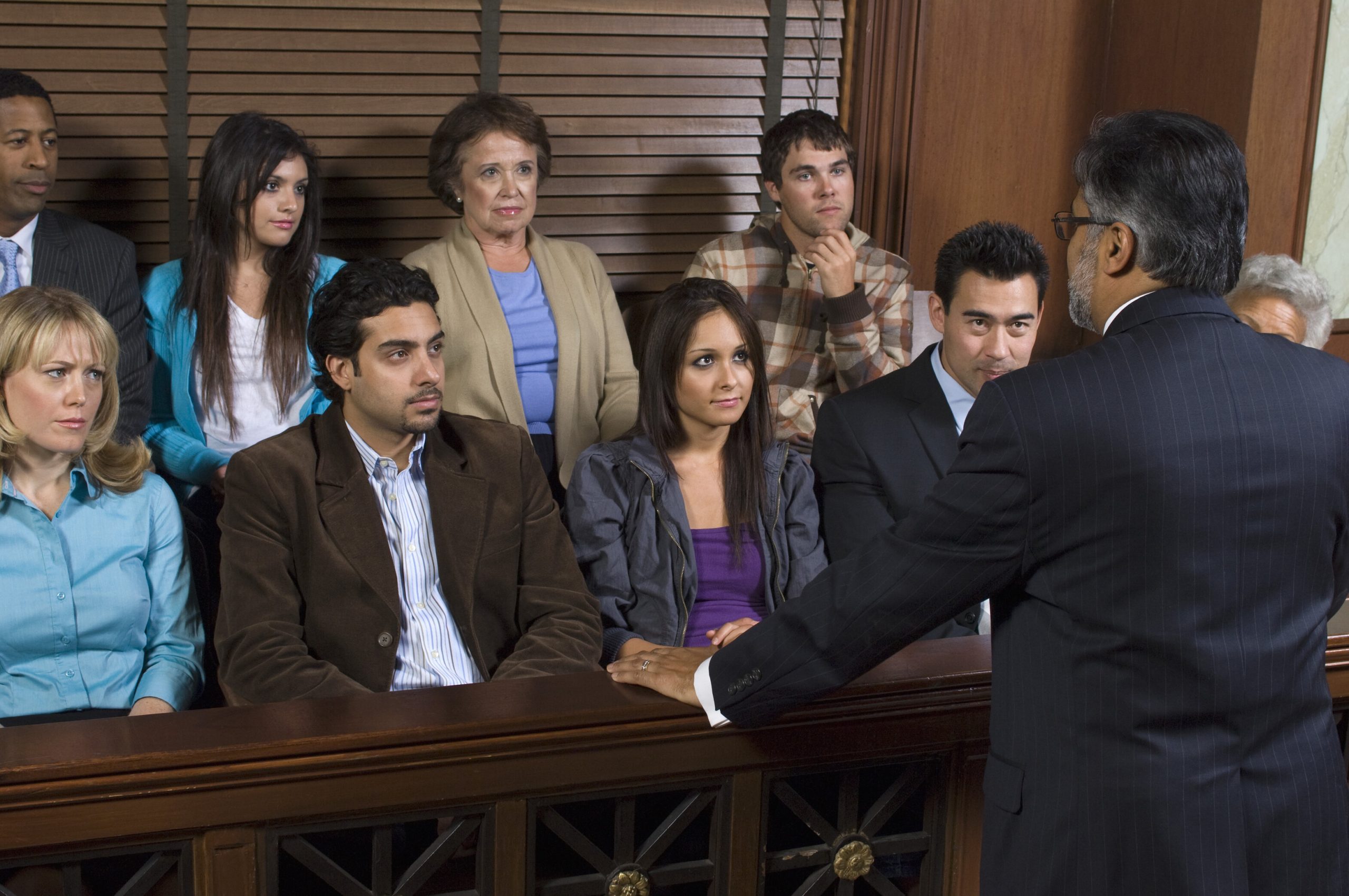
Guilty: How to Prove Your Board Supports Your Nonprofit
 Would your board members be found guilty of supporting your organization before a jury of your peers? Would a lawyer find enough evidence to convict them? Here is the proof you need to make the case. Use it to help your board prove its guilt.
Would your board members be found guilty of supporting your organization before a jury of your peers? Would a lawyer find enough evidence to convict them? Here is the proof you need to make the case. Use it to help your board prove its guilt.
Evidence #1. Gifts
Determine the amount of money your board gives over a year. What is the total for the board? What is the range of gifts? Has either increased in recent years? If yes, note this fact.
Evidence #2. Percent Who Give
This proof is the number that is given divided by the total number of members. Many donors require 100 percent participation. Why would someone less familiar with your organization, like a new donor or national foundation, be more committed than people close to it, like board members? While the amount given by board members is important to your organization’s finances, to outside donors, the donating percentage, who give according to their means, is critical evidence.
Evidence #3. Attend Board Meetings
How many board members attend your meetings? Here’s one way this was reported in the corporate world, “In 2009, our Board met ten times. In addition to meetings of the Board, directors attended meetings of individual Board committees. In 2009, all directors attended at least 75 percent of the Board meetings and meetings of the Board committees.”
Evidence #4. Committee Participation and Leadership
Board participation on committees supports your organization’s smooth functioning. Participation helps the board to do board business quickly and its future meetings. A Mylan Corporate Report provided a chart of directors and listed the Board committees to which they belonged on one axis. Instead of a checkmark to designate participation, they used a “C” to indicate the chair and an “M” for members. Copy this format to convey a lot of information in a small space.
Evidence #5. Hands-on
Do your board members interact with the people your organization serves? Hands-on engagement differs from committee work. This evidence includes time spent engaged in the organization’s services like attending plays, building at Habitat, and helping with registration.
Direct service experiences improve decision-making.
Evidence #6. Stewardship
How many of your board members encourage existing donors to continue and enhance their relationship with your organization? In addition to leading in giving to the organization, guilty board members also encourage others to give. For evidence, include making thank-you telephone calls, meeting with county commissioners who contract with your organization, and visiting donors to learn about their interests or request major gifts.
Evidence #7. Connections
Do your board members help you to make new community connections? This evidence includes the number of members who help you to obtain and grow in-kind resources, contacts, and partnerships. If Joe helps you to receive a $5,000 discount on your technology purchase, juries will find Joe’s guilty of supporting your organization. To enhance organizational memory, estimate the total number of connections created and generate a list, i.e., Swift Printing Company, Royal Bank, and Webby Website.
Evidence #8. Friends
“Friends” explores if your board members helped you connect with or deepen connections with individuals. Maria invites eight people to sit at her table during your special event. Tyrone takes you to lunch at his club meeting. You’re right. If you noticed that overlap exists, this evidence and Evidence#7. For example, a board member can help you connect with the local bank and personally with the bank president. When board members help you make new friends, you enlarge the community’s size in your organization.
Evidence #9. Get Smarter
This evidence represents the number of board members participating in educational experiences regarding board responsibilities or your mission. Include offsite events, learning opportunities you bring to the board, and books and articles read. It also includes the board evaluating its growth and processes.
Evidence #10. Other
Each organization offers unique ways to measure board involvement, such as participating in your speaker’s bureau. What other support is needed? What are your unique opportunities? How might you measure other forms of active support? Do you want to offer new opportunities, like job shadowing or an orientation experience for new board members? Do you have a legacy society that board members can join? If yes, add these to your evidence.
When it comes to board support, you seek lots of evidence and a guilty conviction. Share this list with your board. Here is a chart you can use. Ask them to help you to collect evidence to prove their guilt. Some members already provide support that you haven’t recognized. Others will learn new ways to increase their support.
Gather this information. Share the results with your board members. Celebrate their “guilt.” Challenge them to be guiltier in the future. Then, include this and other information in your written documents, like your case statement, grants, and annual reports, so that your donors and the community understand the commitment behind your organization. Help your board members feel guilty—very guilty—of supporting your organization so that you can say, “Ladies and gentlemen of the jury, you must find these members guilty.”
For more answers, check out this Nonprofit CEO Library.
Sign up for Karen’s CEO Solutions for solutions delivered to your inbox.
Karen Eber Davis is a nonprofit strategic planning consultant who works with visionary leaders committed to taking their organizations to new heights. She offers customized strategies, assessments, and coaching designed to help leaders lead their organizations to achieve their potential. She is the author of 7 Nonprofit Income Streams and Let's Raise Nonprofit Millions Together.
Categories
If you appreciate these Added Value posts, please consider subscribing.
Latest Posts
- How New Nonprofit CEOs Secure Board Buy-In for Strategic Planning
- How Nonprofit Leader Navigate Crisis with Clarity & Confidence
- One Way AI Can Help You Find a Path Where None Exists
- In Crisis? Resist Cutting Your Ability to Make Income
- Nonprofit Strategic Planning Assessment: 10 Questions About Your Strategy
